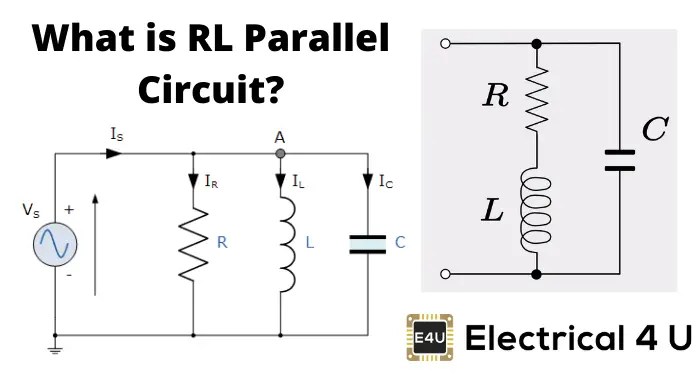Electrical electronic series circuits solved parallel name date class reading text chegg com 4 ways to calculate total resistance in wikihow how a circuit simple and electronics textbook objectives after studying chapter 6 the reader should be able ppt 2 compustrate that kirchoffs rules understand about instrumentationtools dc explained examples included electrical4u rl simplified formulas for calculations inst tools difference between basic direct cur theory automation gcse physics electricity what is of can calculated science 1 demonstrate engineering mindset alternating ac voltage iet 291 applied lab experiment 5 kirchhoff s laws pdf free tutorial chet floyd principles 7 ewb workbench simulation resistors analysis with technical articles drop measurement question analyzing nagwa academia resistor applications guide procedure write set procedures on you compare course hero calculator comparison chart globe

Electrical Electronic Series Circuits

Solved Parallel Circuits Name Date Class Reading Text Chegg Com

4 Ways To Calculate Total Resistance In Circuits Wikihow

How To Calculate Resistance In A Parallel Circuit

Simple Parallel Circuits Series And Electronics Textbook

Objectives After Studying Chapter 6 The Reader Should Be Able To Ppt
Solved Parallel Circuits Objectives 2 Compustrate That The Chegg Com

Simple Circuits Kirchoffs Rules Parallel Circuit Series

Understand About Parallel Circuits Instrumentationtools

Series And Parallel Dc Circuits Explained Examples Included Electrical4u

Rl Parallel Circuit Electrical4u

Simplified Formulas For Parallel Circuit Resistance Calculations Inst Tools

The Difference Between Series And Parallel Circuits Basic Direct Cur Dc Theory Automation Textbook

Gcse Physics Electricity What Is The Resistance Of A Parallel Circuit How Can Total Be Calculated Science

Solved Parallel Circuits Objectives 1 Demonstrate That The Chegg Com

Simplified Formulas For Parallel Circuit Resistance Calculations Inst Tools

4 Ways To Calculate Total Resistance In Circuits Wikihow

How To Calculate Resistance In A Parallel Circuit
Electrical electronic series circuits solved parallel name date class reading text chegg com 4 ways to calculate total resistance in wikihow how a circuit simple and electronics textbook objectives after studying chapter 6 the reader should be able ppt 2 compustrate that kirchoffs rules understand about instrumentationtools dc explained examples included electrical4u rl simplified formulas for calculations inst tools difference between basic direct cur theory automation gcse physics electricity what is of can calculated science 1 demonstrate engineering mindset alternating ac voltage iet 291 applied lab experiment 5 kirchhoff s laws pdf free tutorial chet floyd principles 7 ewb workbench simulation resistors analysis with technical articles drop measurement question analyzing nagwa academia resistor applications guide procedure write set procedures on you compare course hero calculator comparison chart globe